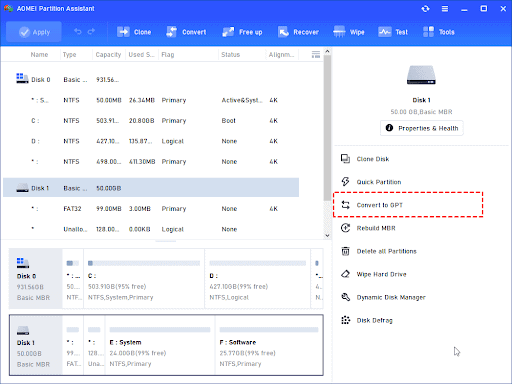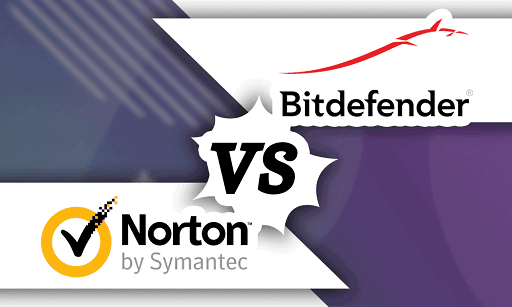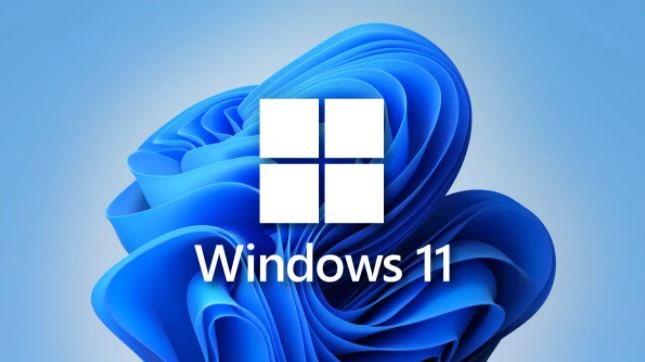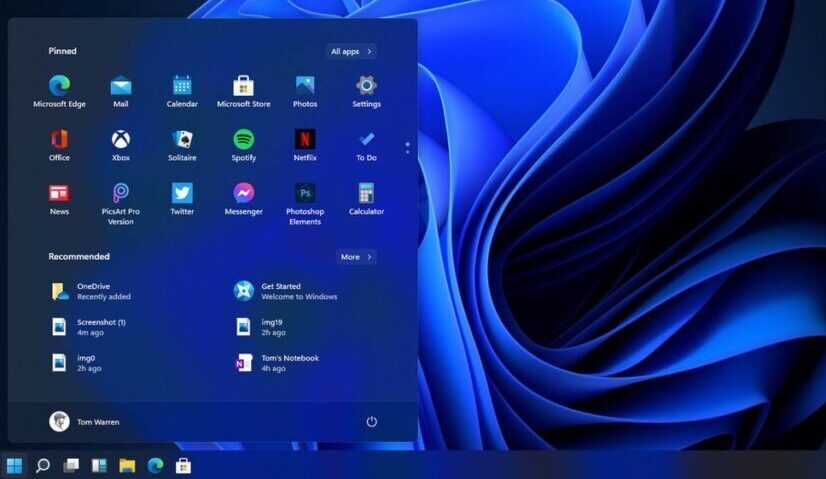There’s a risk that any new Windows laptop or pre-built desktop you buy will have some obtrusive bloatware pre-installed. Your user experience may be negatively impacted by bloatware (and it frequently is), but what precisely is bloatware? Why are computer makers installing it? The most crucial question is how to delete malware completely from your computer.
Don’t worry if you find yourself asking these questions; we’re here to assist. We’ll cover all you need to know about bloatware in this Windows 11 article, including how it could harm your system, why businesses pre-install it, and multiple techniques you can use to permanently remove it.
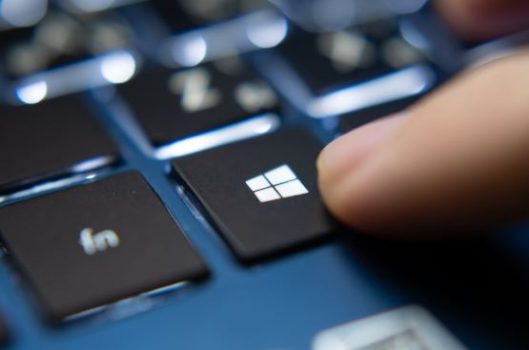
What is Bloatware?
Bloatware is a phrase used to describe programs that use up system resources, clutter up your PC, and otherwise “bloat” it (hence the name). Because of this, bloatware frequently prolongs the time it takes for your computer to start up, slows it down by consuming a sizable portion of its memory, and makes it more difficult for you to navigate the Windows operating system due to pop-up windows or program icons that take up most of the Start menu.
Bloatware comes in many varieties. Some bloatware programs are trial versions of antivirus software designed to scare you into purchasing a commercial membership by claiming that doing so will put your computer at risk (the Windows Defender software Windows comes with is all the vast majority of people will need). Some are practical applications, such as video editors or file management systems.
Bloatware also includes inexpensive free games that are pre-installed on your machine before you even get your hands on it and entertainment programs like Netflix and Disney Plus. Even though some users may find these programs beneficial, if you don’t intend to use them, you should uninstall them.
It’s important to note that, while pre-installed bloatware can be annoying, it won’t jeopardize your digital security. After all, manufacturers would be in big trouble if they sold PCs that handed over personal information to bad actors. Having said that, you should still remove it because you want the Windows user experience to be as clean and responsive as possible.
Bloatware that you may unintentionally download from the internet can be dangerous, so proceed with caution when using Microsoft Edge to browse the web.
You may also like How to enable Auto HDR in Windows 11
Why Do Manufacturers Install Bloatware?
“If bloatware is so annoying and everyone wants to get rid of it, why do manufacturers bother installing it in the first place?” you may wonder. The answer, like many others, is that it’s for the money. Software developers pay PC manufacturers to install their programs on every machine they sell, which allows them to grow their user base and promote the paid versions of their apps and programs.
In response to customer criticism, many manufacturers have significantly reduced the amount of bloatware they install over the years. However, some companies continue to include a significant amount of it in their PCs, including some of the best Windows laptops on the market. So it’s important to know how to get rid of it in the event that you buy a device from one of them.
How to Remove Bloatware with Windows Settings
The simplest way to remove bloatware is to use Windows’ built-in program uninstallation tool. Here’s how to go about it:
- From your desktop, click the Windows icon on your taskbar to open the Start menu.
- In the search bar, type Add or remove programs.
- Select the Add or remove programs result that appears.
- In the “Search apps” search bar, type the name of the bloatware you want to remove.
- Select the three dot icon to the right of the bloatware’s name.
- Select Uninstall.
- Select Uninstall again when Windows asks you for confirmation.
- If a pop-up appears and asks if you’d like to allow an uninstaller to make changes to your system, select Yes.
- If an uninstaller appears and asks for additional confirmation you’d like to remove the program, select Yes or Uninstall.
With that, you have successfully removed the bloatware from your computer. Repeat this process for each individual app or program that you want to remove.
How to Remove Bloatware with Windows Powershell
- From your desktop, click the Windows icon on your taskbar to open the Start menu.
- In the search bar, type Windows PowerShell.
- Right-click the Windows PowerShell app search result that appears.
- Select Run as administrator.
- When Windows PowerShell opens, type Get-AppxPackage
- Next, press the Enter key.
- Scroll down, looking for the name of the bloatware program you want to remove.
- Replacing <AppNameHere> with the name of the bloatware, type Get-AppxPackage *<AppNameHere>* | Remove-AppxPackage
- Press the Enter key.
PowerShell requires more effort to remove bloatware, but because it does not require you to click through a program’s uninstaller, it is useful in situations where a piece of software throws multiple pop-ups during the uninstallation process to make it more difficult to remove.
How to Remove Bloatware with Command Prompt
Finally, like PowerShell, you can use Command Prompt (also known as CMD), a command-line interpreter included with Windows installations. Here’s how to use it to get rid of bloatware:
- From the desktop, use the Windows key + R keyboard shortcut.
- After the “Run” window appears, press Ctrl + Shift + Enter to run CMD as an administrator.
- Type wmic
- Press the Enter key.
- Next, type product get name
- Press the Enter key.
- A list of programs installed on your PC will be shown. Note the name of the bloatware program you want to remove.
- Replacing <AppNameHere> with the name of the bloatware, type product where name=”<AppNameHere>” call uninstall
- Press the Enter key.
- You will be asked to confirm the uninstallation. To do so, type Y.
- Then, press the Enter key.
You may also like Upgrade to Windows 11 Using Installation Assistant
Following the steps above, CMD will respond with “Method execution successful,” confirming that the bloatware has been successfully removed from your system. While using CMD to remove bloatware requires a few more steps than using PowerShell, the commands you must use are also simpler.
Would you like to read more about How to remove bloatware-related articles? If so, we invite you to take a look at our other tech topics before you leave!
Use our Internet marketing service to help you rank on the first page of SERP.







